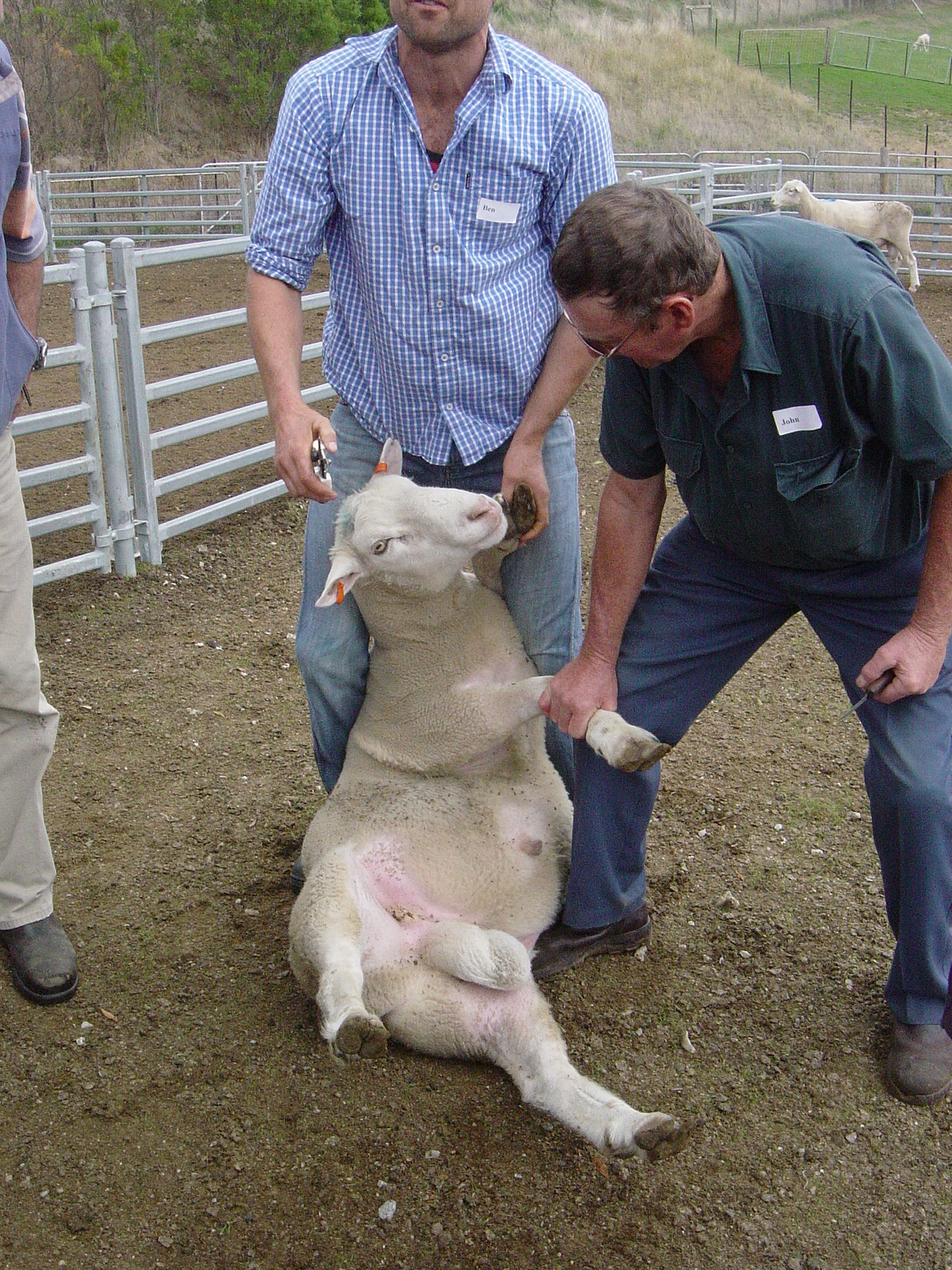Ovine Brucellosis
 Berwyn Squire, Agriculture Victoria, Swan Hill
Berwyn Squire, Agriculture Victoria, Swan Hill
Ovine brucellosis (OB) is a bacterial disease of sheep found throughout Australia and causes infertility in rams and a subsequent poor lambing rate. Infection can be spread from ram to ram directly or via the ewe by exposing clean rams to infected semen from a recent previous mating. Purchased ewes shouldn’t be joined with OB-free rams unless it is known that no rams of positive or unknown status have been with the ewes in the previous three weeks.
Infected rams usually produce semen of lower quality, making them either sub-fertile or sterile, depending on the site and severity of the lesions. The effect on flock fertility will also depend on the percentage of infected rams and flock breeding management.
Lesions can be palpated in the testes and epididymides of about 40 per cent of infected rams and affected testes can be swollen, or shrunken, and hard and irregular in shape. Most scrotal lesions, but not all, are due to OB. Other causes of scrotal lesions can be abscesses, cysts, infected wounds, swelling due to an injury, or hernia, or other bacterial diseases (eg. Actinobacillus seminis, Histophilus ovis).
The effects of OB are often insidious and unrecognised, especially in areas where marked fluctuations in fertility occur due to variation in ewe nutrition, predation by foxes, or other circumstances. Blood testing and scrotal palpation by a veterinarian are used to diagnose exposure to OB infection. Culling the positive reactors and the small percentage of infected rams that develop scrotal lesions without a positive blood test reaction is the usual basis for eradicating OB from infected flocks.
Repeated flock testing is then necessary to eradicate OB because rams can take between 10 and 60 days, and sometimes longer after exposure to infection, to show a positive blood test.
The key for commercial producers is to source rams from studs that are OB accredited. Victoria has a voluntary accreditation scheme for ram breeders. OB-free accreditation requires two successive negative blood tests of all rams initially followed by routine scrotal inspection and blood testing every two years. Other states have similar schemes and so purchasing rams from accredited ram breeders will greatly reduce the risk of OB in your flock.
The Mallee experience
During the 1990s OB was widespread in the Mallee, infecting about 57 per cent of ram flocks.
Normal methods used for the control of OB were of less value in the Mallee due to the higher cost of testing individual flocks and the greater difficulty and cost of constructing and maintaining sheep-proof boundary fences.
The proclamation of the Mallee as a Control Area for ovine brucellosis (OB) in 1997 was the result of an industry-driven initiative to increase the productivity and profitability of sheep enterprises by systematically eradicating OB from farms in the area and preventing its reintroduction.
There are specified conditions under which the Control Area operates. In the main this includes the submission of rams over six months old for testing on request, provision of assistance and information, culling of infected rams for slaughter and the retesting of infected flocks to confirm eradication.
But most important is the prohibition of the entry of rams into the Control Area unless they are accompanied by a completed OB vendor declaration. It is the obligation of the purchaser to procure this. Ovine Brucellosis Vendor Declarations provide legal and practical protection against purchasing infected rams, and their use is legally required in the Control Area.